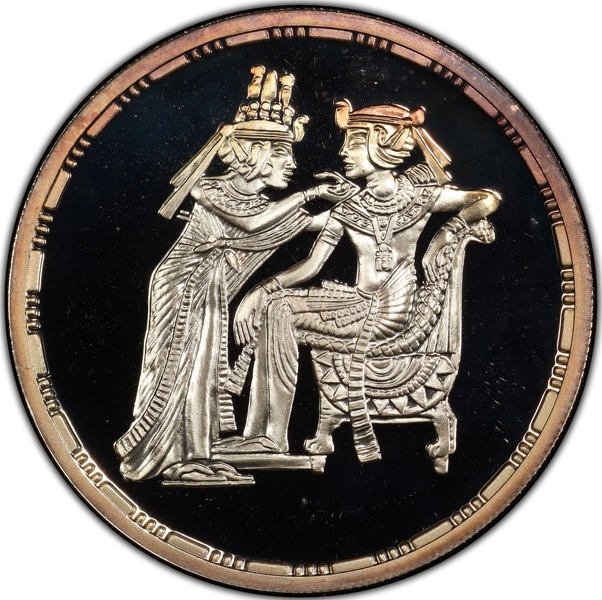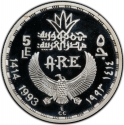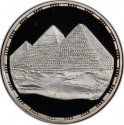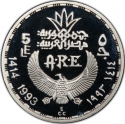You are about to finish your registration. Please check your mailbox (including spam folder). There should be a letter with a confirmation link. Check setting to make sure that your e-mail address is correct.
Send letter againDescription
Tutankhamun, Egyptological pronunciation Tutankhamen (c. 1342 – c. 1325 BC), commonly referred to as King Tut, was an ancient Egyptian pharaoh who was the last of his royal family to rule during the end of the 18th Dynasty (ruled c. 1334 – 1325 BC in the conventional chronology) during the New Kingdom of Egyptian history.
Tutankhamun took the throne at eight or nine years of age under the unprecedented viziership of his eventual successor, Ay, to whom he may have been related. He married his half-sister Ankhesenamun. Tutankhamun restored the Ancient Egyptian religion after its dissolution by his father, enriched and endowed the priestly orders of two important cults and began restoring old monuments damaged during the previous Amarna period. He moved his father's remains to the Valley of the Kings as well as moving the capital from Akhetaten to Thebes. Tutankhamun was physically disabled with a deformity of his left foot along with bone necrosis that required the use of a cane, several of which were found in his tomb. He had other health issues including scoliosis and had contracted several strains of malaria.
Obverse

|
Depicts a back panel from the Golden throne of Tutankhamun (Ancient Egyptian, 18th dynasty, New Kingdom, 14th century BC) showing the pharaoh and his wife Ankhesenamun touching his shoulder, possibly anointing him with perfume. |
|---|---|
Reverse

|
Stylized state name (Arab Republic of Egypt) divides denomination in Arabic and English and abbreviation of state name (A.R.E.) below, the date in Arabic (Hijri) and Western (Georgian) divides by a vulture with open wings. Engraver's initials (ECC) below. 5 ٥ جمهورية مصر العربية |
| Edge |
5 Pounds
Pharaonic Treasure / Ancient Egyptian Art
Tutankhamun and Ankhesenamun
Subscribe series
KM# 797
Pharaonic Treasure / Ancient Egyptian Art
Tutankhamun and Ankhesenamun







